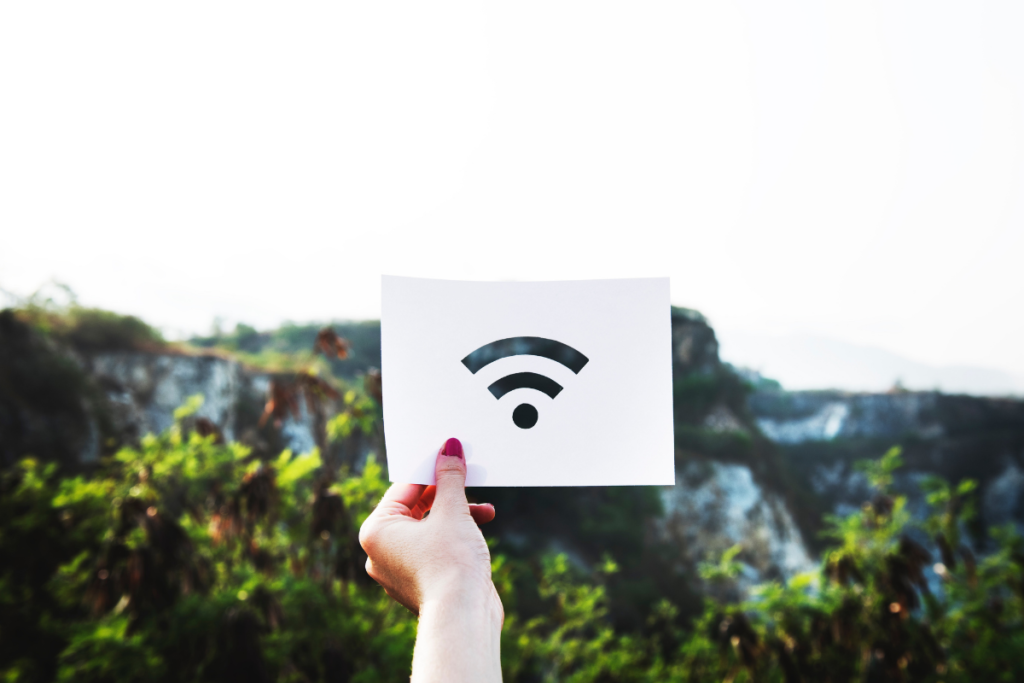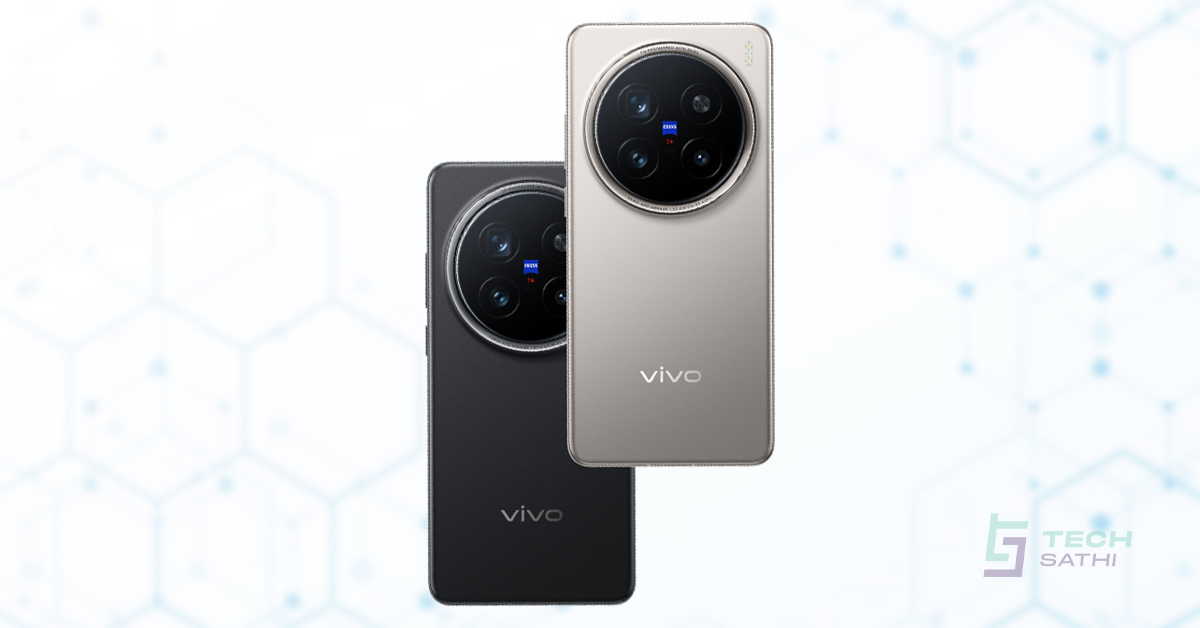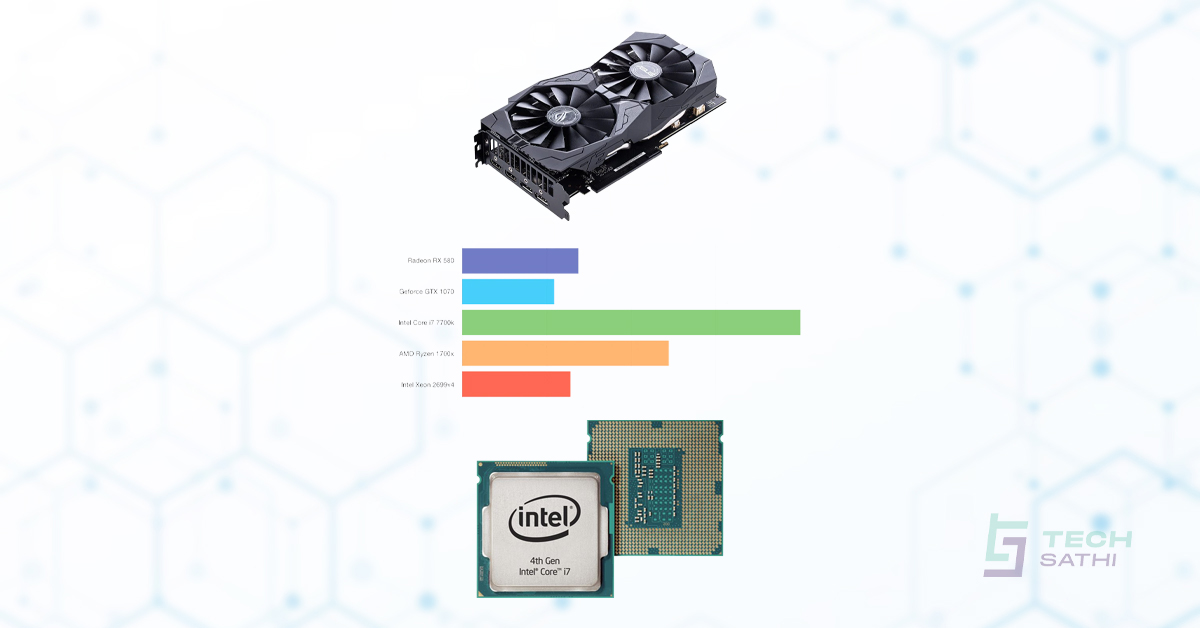Myths about WiFi were born at the same time as Wifi was invented and begun mass adoption. Myths may take any form but their one common feature is that we willingly believe them. Mainly because, it seems to be logical and looks like a proven truth. There are a lot of myths about Wifi from network to coverage area to performance and security.
Here are 5 Myths about your WiFi you should stop believing
1. Using WPA2 encryption makes WiFi safe from hackers
Most people think using WPA2 encryption on their WiFi network makes their network less penetrable from hackers. WPA2 is one of the most advanced encryption methods of WiFi networks but it is not totally secure. A hacker can simply guess your password, perform a dictionary attack as well as brute-force it even if you’re using WPA2 encryption. You should always use strong passwords which are not easily guessable with varying degrees of complexity.
2. Hiding Wifi SSID makes you safe
Hiding and Disabling SSID broadcast won’t block potential hackers from connecting to your wireless network. Wireless networks are still vulnerable to the same types of attacks, regardless of whether you broadcast your SSID or not. Open, unencrypted wireless networks are a security risk to businesses and consumers. When you enable SSID broadcast, you’re only protecting against attacks that take advantage of unencrypted networks not more than that.
3. Using mac filter eliminates risk
Most of us think using the mac filter option on a wireless network forbids anyone from connecting your WiFi network. However, it is completely false. A hacker using a wireless network analyzer will be able to see all of the computers that are connected on your network. S/he can change their computer’s MAC address to match the one that is listed in the table and can easily connect.
4. More Antennas provide Better Speeds
One of the most persistent myths about routers is that more antennas are always better. This isn’t true, as there are many factors to consider when trying to maximize wireless performance. For example, what type of antenna does your router have? All antennas aren’t created equal and some aren’t even visible and it’s not about quantity but rather quality. A well-designed and carefully placed invisible antenna can be just as effective (if not more so) than one with five and more easily installed parts.
5. Your ISP is cheating by not giving subscribed speed
This is probably the most common misconception of all internet users. While you are paying for a 100 Mbps internet package you’ll not receive that speed. It makes you believe ISP is cheating. Actually, your ISP isn’t the one to be blamed. The decrement in speed comes as a result of a breakdown in communication between ISP and client as well as how stated speeds are advertised. ISP’s base stated speeds can mostly be achieved on Ethernet-connected devices but not in Wi-Fi due to transmission barriers.
We know that there are so many WiFi myths out there, and we hope that this blog will help you come to your own conclusions about them. If you have any questions about WiFi, please feel free to comment down below. We hope that you have found our article useful and that you will continue to read more of our blogs!
You may also like: Noodle: Made in Nepal Music Streaming App






